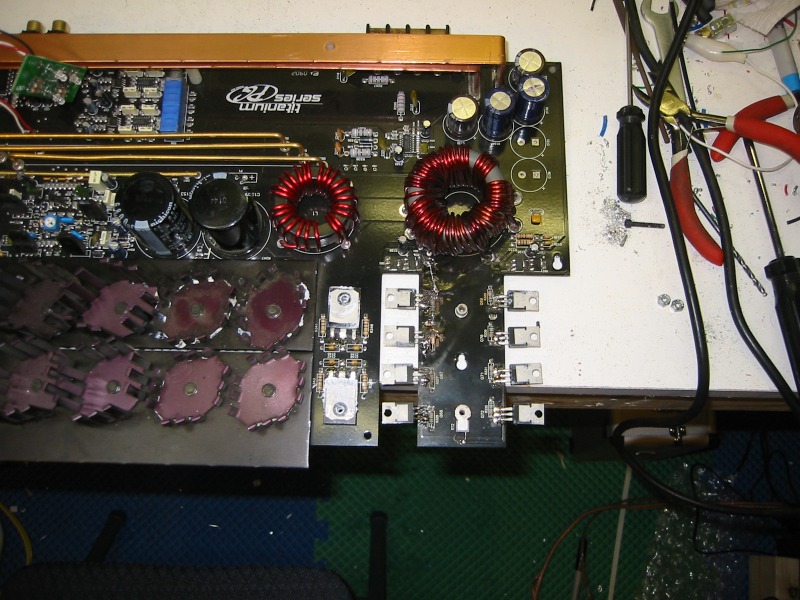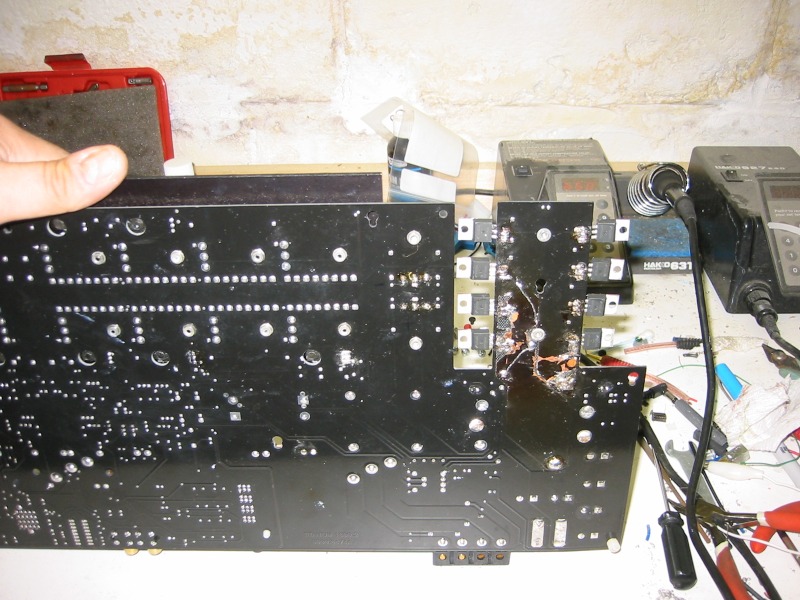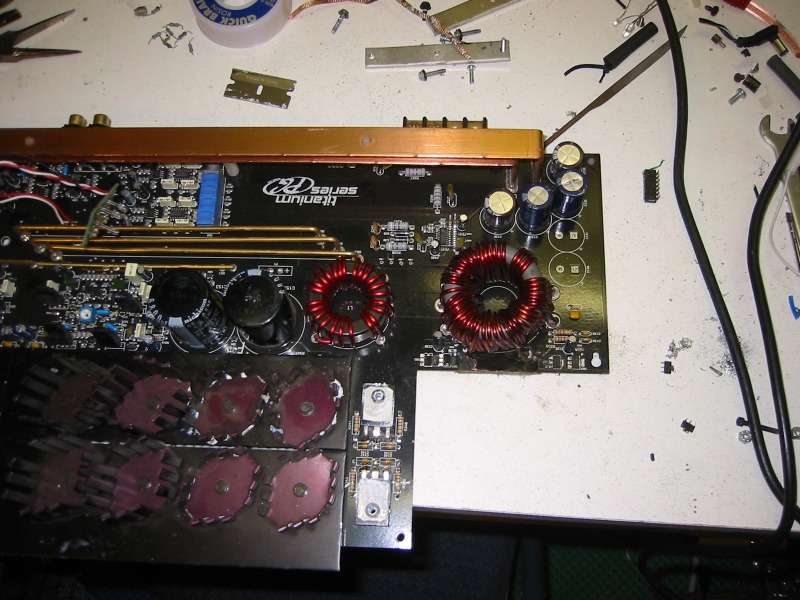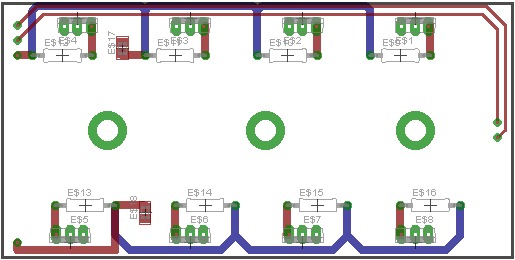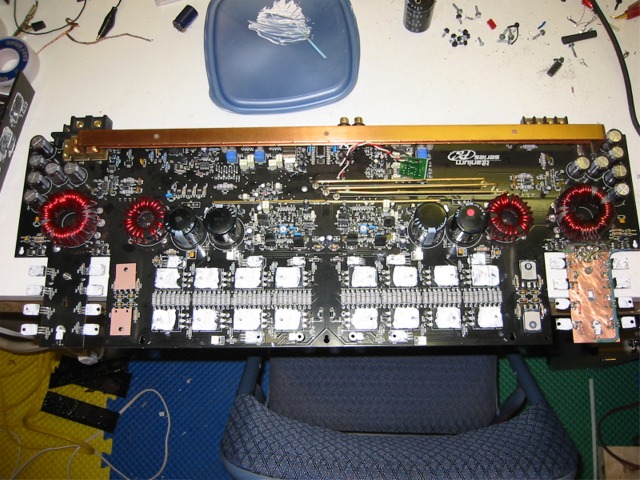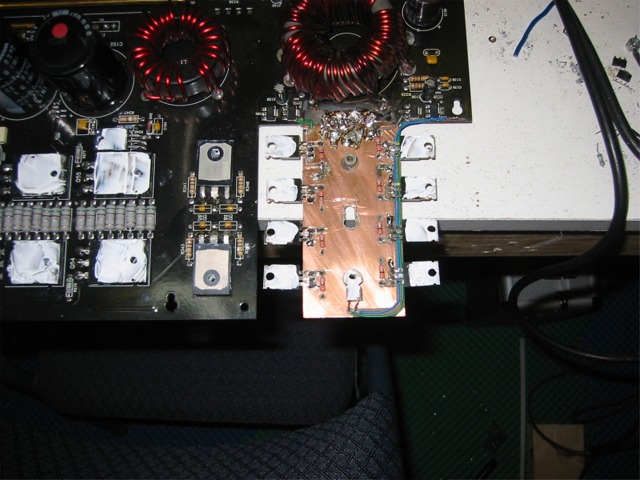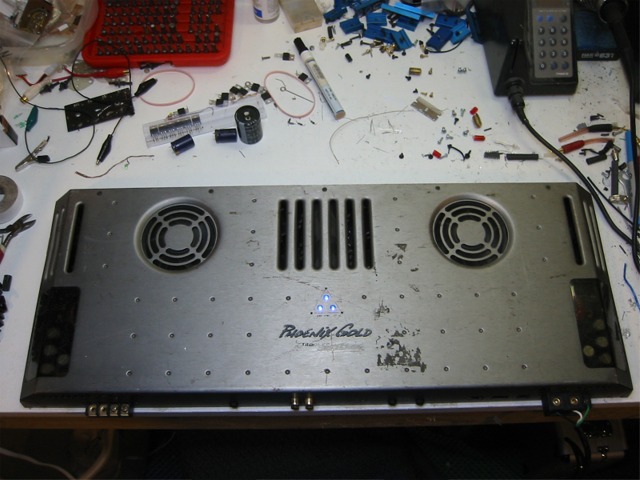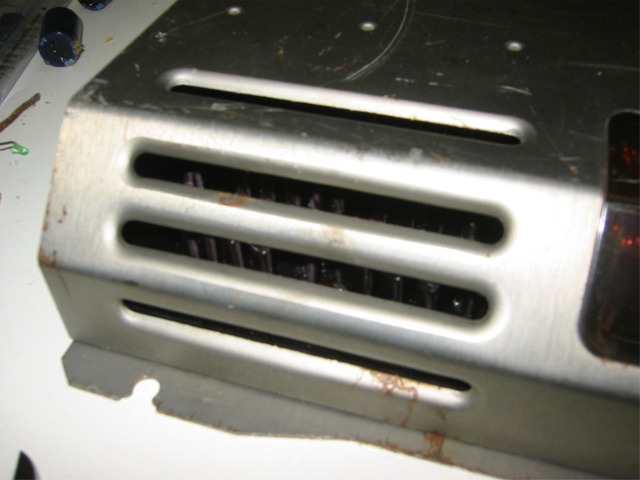bogart wrote:wow,,,total mess...I'd of written that amp off,,,but I don't know enough to even know what I am looking at....
For me, the puzzle is half the fun. I have always liked fixing things, and I am a firm believer that with enough time and ambition anyone can learn anything.
bogart wrote:How did you learn this? I've been thinking about buying the amp repair dvd tutorial on ebay....looks pretty cool. just so I can get to where I can identify whats what and how to test without messing stuff up.
Most of my learning is done on my own, either by researching things online, or through various books. I have brought them up before, but G. Randy Slone has some excellent books, two that I own are: "The audiophile's project sourcebook" and "High-power audio amplifier construction manual". Both books are centered around home audio, but there is no real difference between home amplifier construction and mobile. The big difference is the SMPS. Douglas Self also has some excellent more in depth books on amplifier theory and design. And Marty Brown has some of the leading book on SMPS design and feedback theory. The stuff by Marty Brown should be considered middle to advance reading, it is geared more toward EEs. I also have met a few people on different boards who are willing to help and to teach. One gentleman I met on a machinist bulletin board of all places has been invaluable to my continuing education. He is a EE who works for a contract design house, and has never hesitated to make things make sense for me.
As for the Ebay course, I think you are talking about the BCAE guy. His free website is very informative, so I am guessing that his tutorial will be good stuff. I have considered buying it myself to see what it has to offer, but the $60 is enough to buy a blown PG amp and learn from experience

bogart wrote:Do you get the schematics for the amps? How do you know what the bias pots are supposed to be doing? Oh so many questions and oh so little time
Most of the PG designs are very similar. The actual triple darlington amplifier design from the early M's all the way through the Tis is pretty much unchanged. The power supplies is where most of the differences are. Even then, the same basic power supply architecture is used over and over, so once you figure one out, it puts you a long ways on top of the curve. As for Bias settings, all audio amplifiers have some form of bias setting. Very rudimentary amps may not be adjustable, but they all have it. Bias refers to providing a slight amount of base current to the output transistors so they are always biased toward conduction. Correct bias is critical to minimize crossover distortion (crossover as in when the outputs "cross over" 0v), incorrect bias will leave a "notch" in the output sine wave as it takes some current to begin to saturate the transistor, and during this time they are not conducting. If no bias is provided, there will be a flat area when the transistor starts to conduct, by providing bias, they are always ready to go, kind of like revving a race car at the line-- make sense?
Later,
Jason
